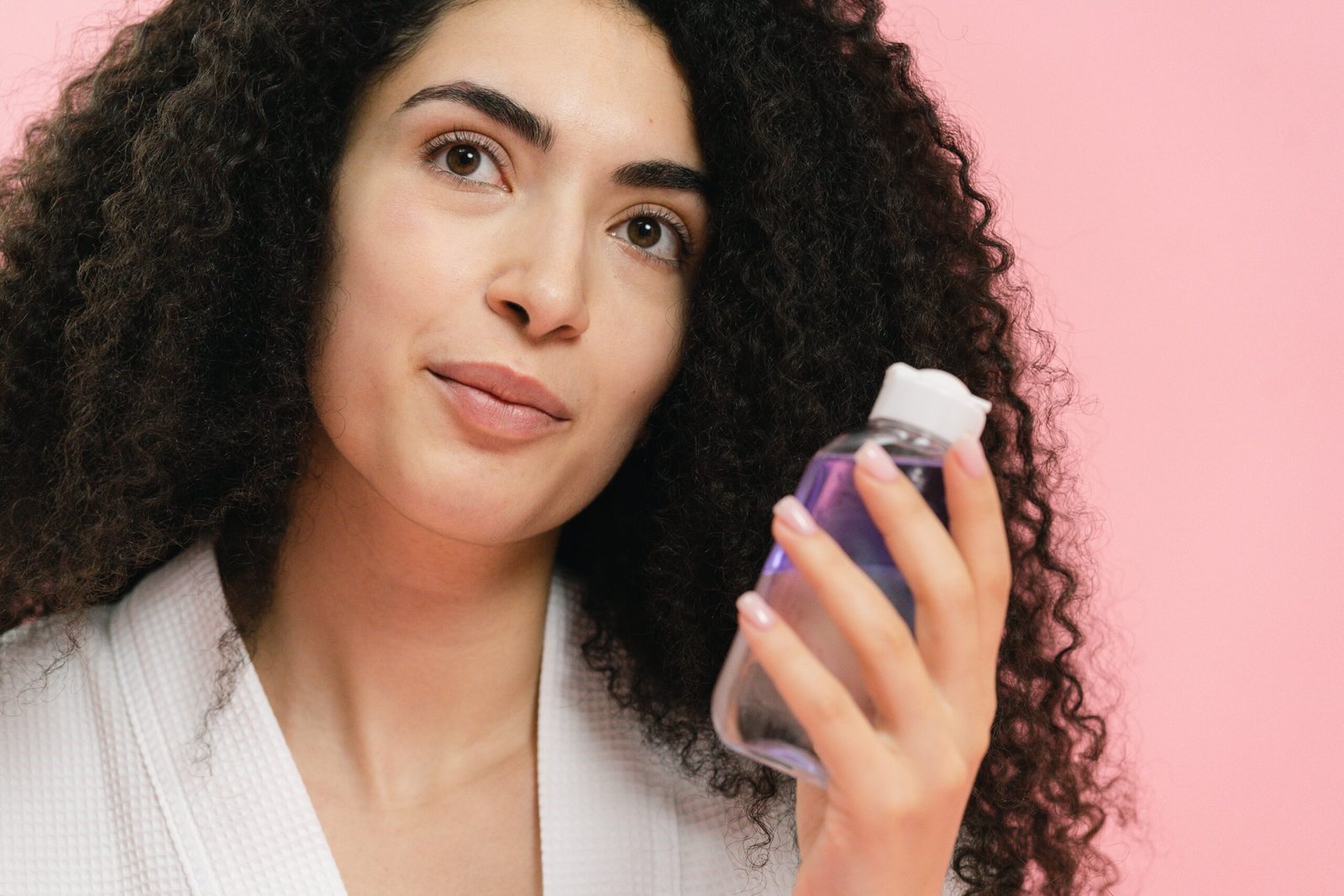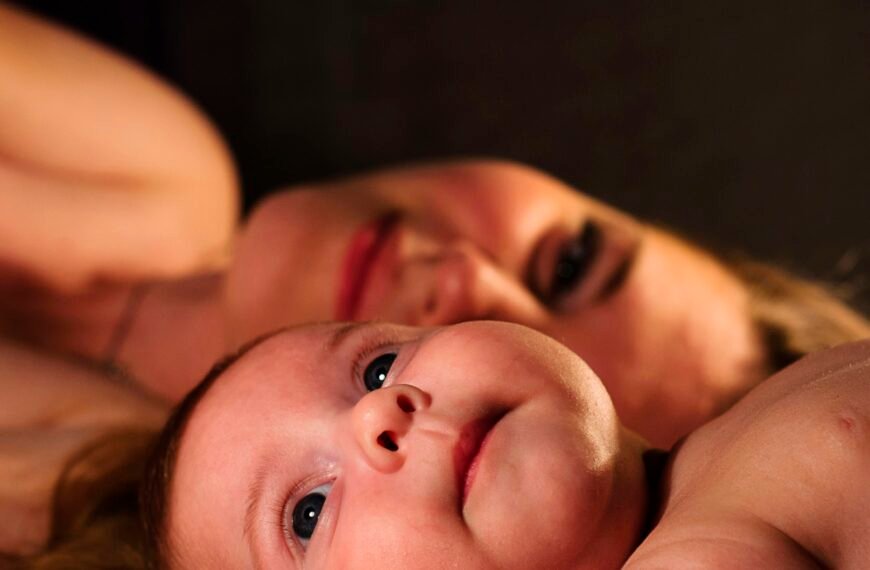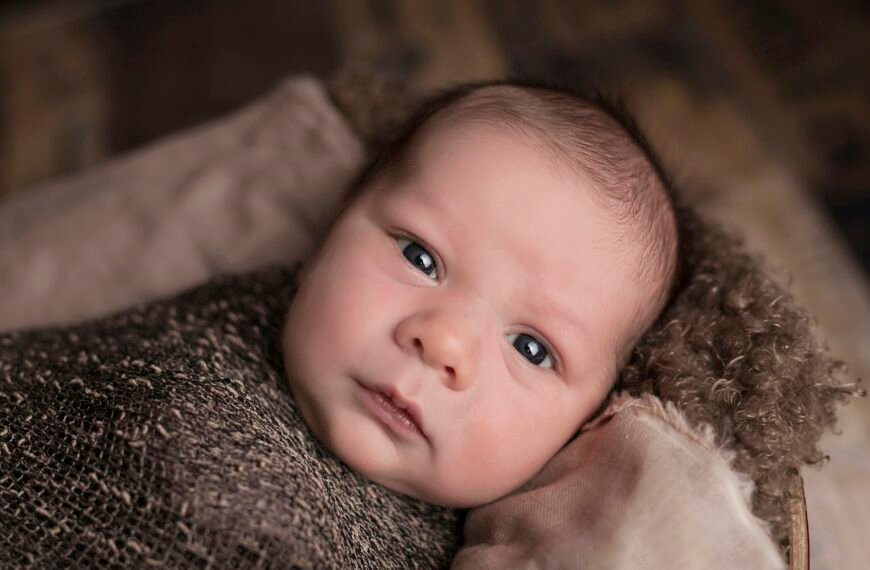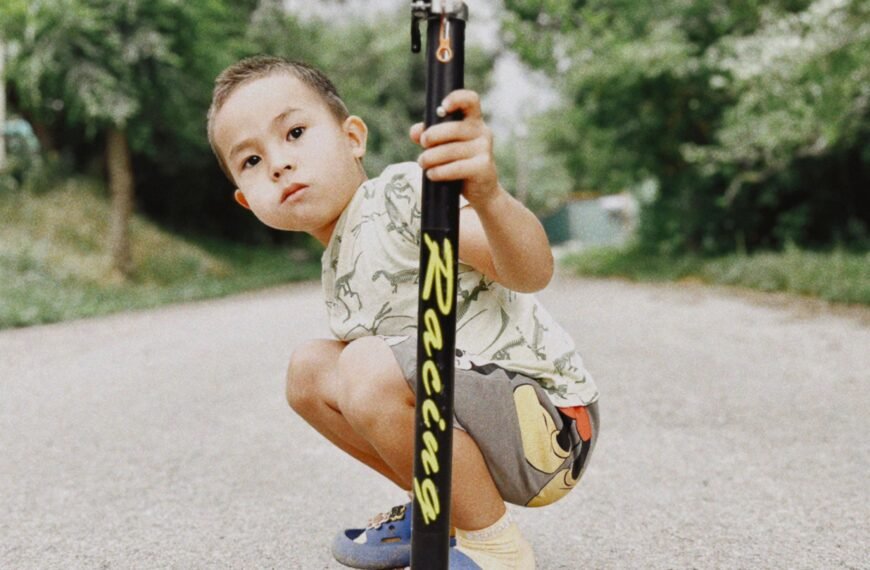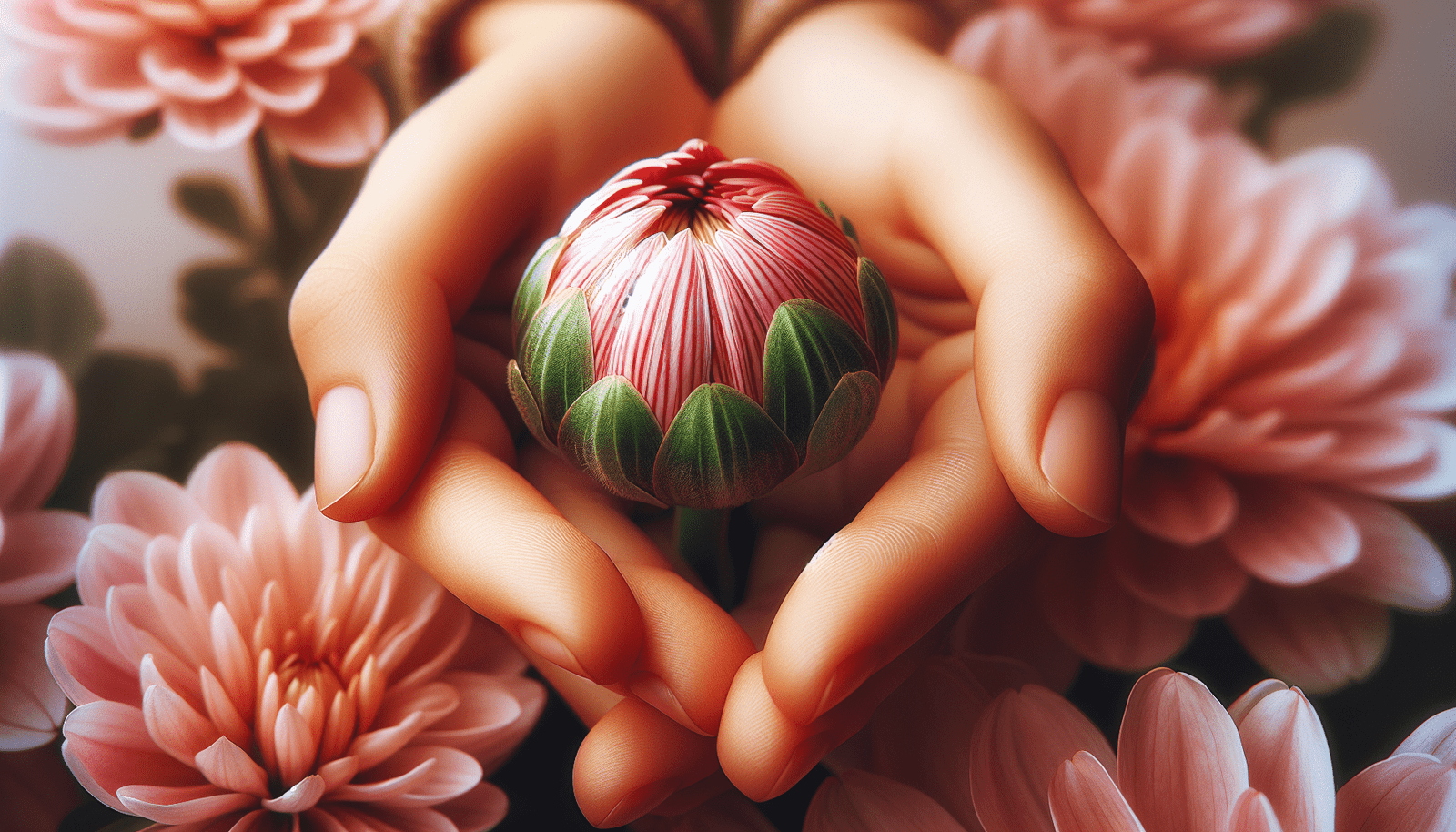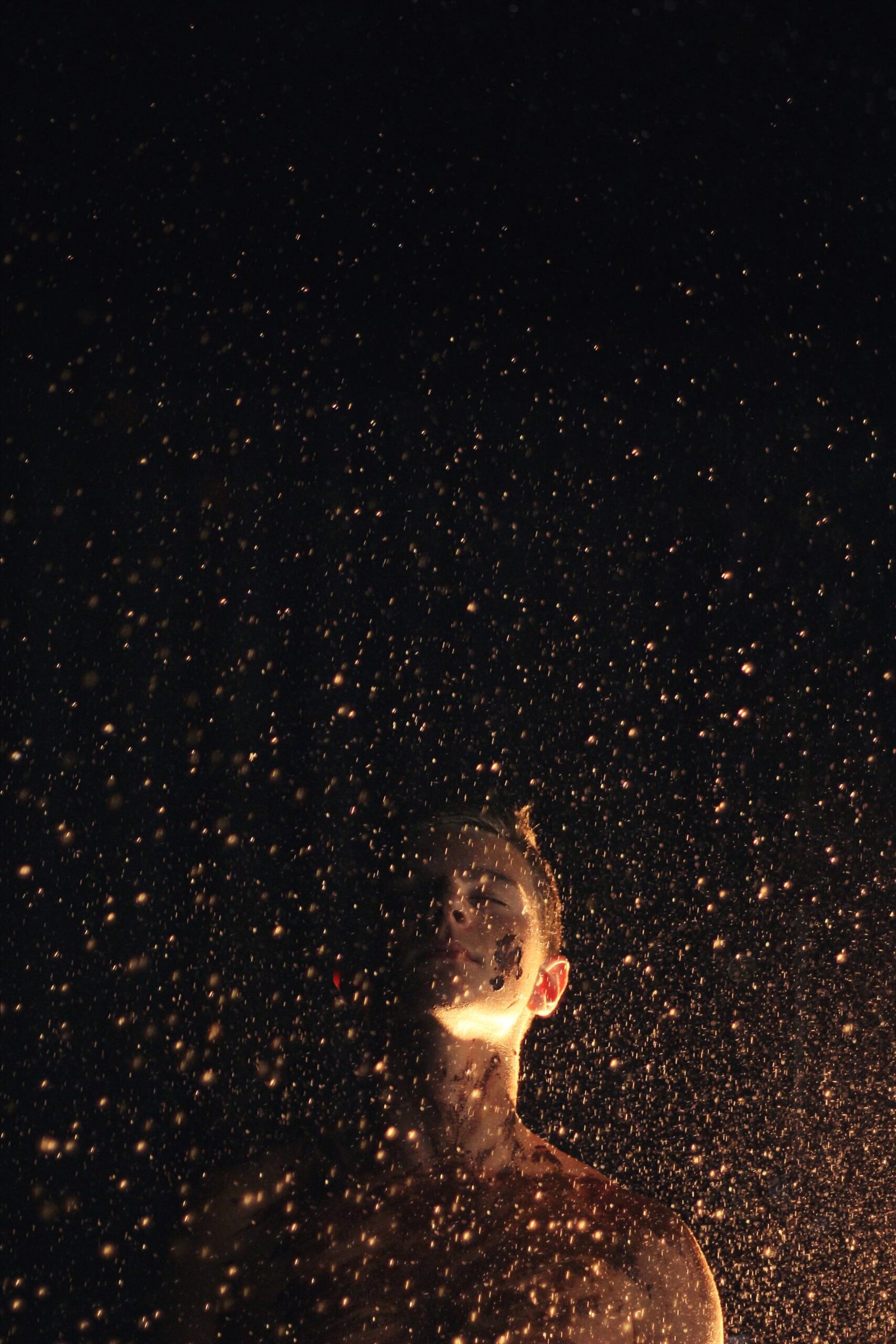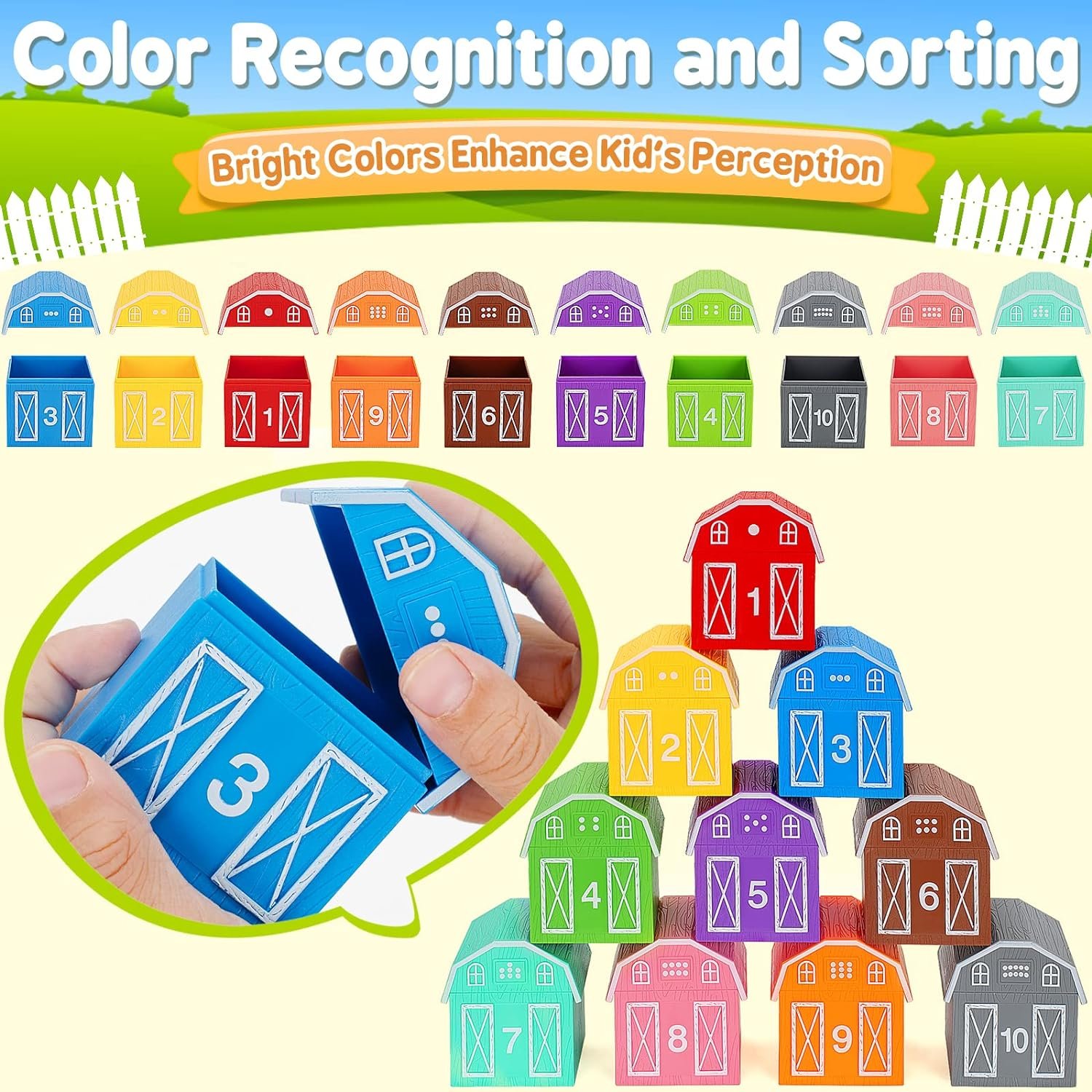Are your baby’s bath toys looking a little worse for wear? In this article, you’ll discover effective and easy ways to clean those adorable rubber ducks and colorful fish that your little one loves so much. We’ll explore simple methods that will not only eliminate any dirt or mold but also help prolong the lifespan of these bath-time essentials. So say goodbye to grimy toys and hello to a spotless and hygienic playtime for your baby!
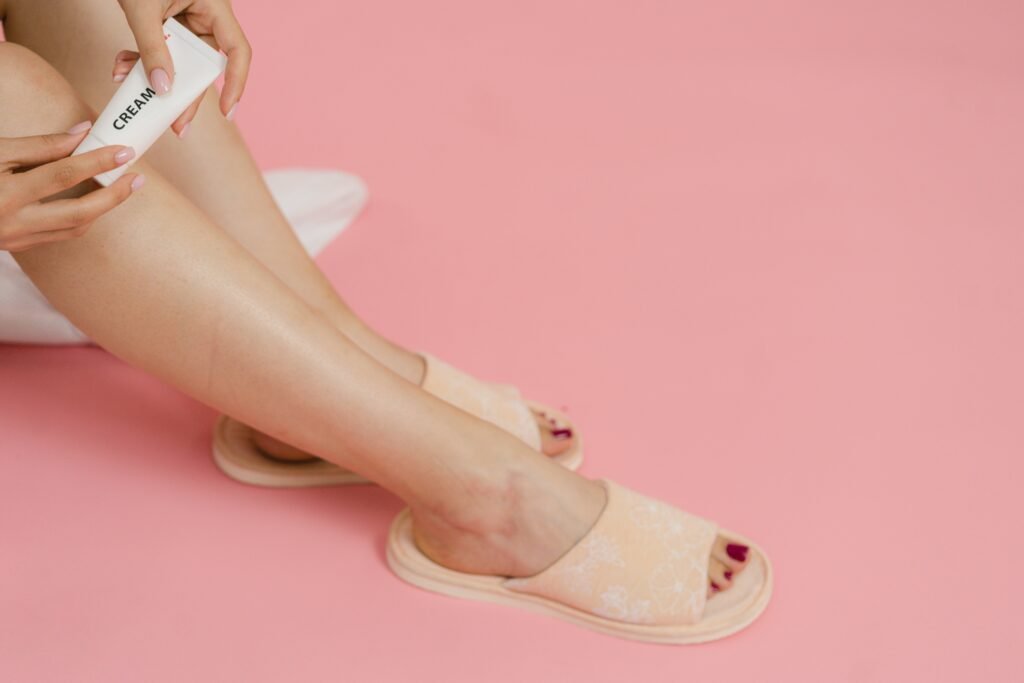
Check Baby Toys Guide & Review
1. Importance of Washing Baby Bath Toys
1.1 Preventing Mold and Bacteria Growth
Keeping your baby’s bath toys clean is essential in preventing the growth of mold and bacteria. Bath toys come into contact with water, soap, and your baby’s skin, creating an ideal environment for the growth and accumulation of germs. Regularly washing these toys helps eliminate any potential health risks, keeping your baby safe and healthy during bath time.
1.2 Ensuring Baby’s Health and Safety
Babies are particularly vulnerable to infections and illnesses, as their immune systems are still developing. By washing their bath toys regularly, you can minimize the risk of your baby falling ill due to exposure to harmful bacteria or mold. Maintaining a clean and hygienic bath toy collection contributes to your baby’s overall health and safety.
2. When to Wash Baby Bath Toys
2.1 Before Use
Before introducing new bath toys to your baby, it’s important to wash them thoroughly. Manufacturers often apply various coatings, packaging residues, or storage dust that may come into contact with your baby’s delicate skin. Washing these toys before their first use removes any potential irritants and ensures a clean and safe playtime experience.
2.2 Regular Cleaning
Regularly cleaning your baby’s bath toys is crucial for maintaining a hygienic environment. It is recommended to clean them after every bath session to prevent the accumulation of soap residues, body oils, and potential mold growth. By incorporating toy cleaning into your routine, you can keep your baby’s bath toys fresh and safe for each use.
2.3 After Illness
When your baby is unwell, it becomes even more critical to sanitize their bath toys. Illnesses can spread quickly, and your baby’s bath toys may become a breeding ground for bacteria and viruses. Cleaning their toys thoroughly after an illness helps eliminate any lingering germs and reduces the risk of reinfection.
3. Different Types of Baby Bath Toys
3.1 Plastic Toys
Plastic toys are among the most common baby bath toys available. They come in various shapes, sizes, and colors, making bath time enjoyable for your little one. To clean plastic bath toys, rinse them with warm water to remove any loose dirt or soap residues. Then, use a mild soap or baby shampoo and a soft brush to gently scrub the surface of the toys. Rinse thoroughly and allow them to air dry before storing.
3.2 Squeeze Toys
Squeeze toys are another popular choice for bath time fun. These toys often have small openings that can trap water, leading to mold growth if not cleaned properly. To clean squeeze toys, squeeze out any trapped water after each bath session. Wash them with mild soap and water, ensuring you reach all the nooks and crannies. Rinse thoroughly and allow them to dry completely before using or storing.
3.3 Rubber Ducks
Rubber ducks have been a staple in bath time play for generations. However, their hollow design can easily accumulate water and become a breeding ground for mold. To clean rubber ducks, squeeze out any remaining water and create a solution using equal parts water and vinegar. Soak the duck in the solution for a few minutes, then use a brush to scrub the surface thoroughly. Rinse the duck with clean water and allow it to dry completely before giving it back to your baby.
3.4 Bath Books
Bath books are a great way to entertain and educate your baby during bath time. However, they require special care to ensure their longevity. To clean bath books, avoid submerging them in water as they may get damaged. Instead, wipe down each page with a damp cloth, paying extra attention to any spots or stains. Once wiped clean, make sure to dry the book thoroughly, page by page, before storing it to prevent mold growth.
4. General Tips for Washing Baby Bath Toys
4.1 Read the Manufacturer’s Instructions
Before cleaning any baby bath toy, it is important to read the manufacturer’s instructions. These instructions may provide specific cleaning methods or highlight any materials that should not come into contact with certain cleaning agents. Following the manufacturer’s guidelines ensures that you clean the toys effectively and safely.
4.2 Check for Damage or Mold Growth
Regularly inspect your baby’s bath toys for any signs of damage or mold growth. Damaged toys may have sharp edges or loose parts that can potentially harm your baby. If you notice any signs of mold or mildew, it is important to discard the affected toy to prevent the spread of harmful bacteria.
4.3 Gather Necessary Supplies
Before you begin cleaning, gather all the necessary supplies. These may include a soft brush, mild soap or baby shampoo, vinegar, water, and a clean cloth. Having everything within reach will make the cleaning process more efficient and convenient.
4.4 Choose the Right Cleaning Solution
Different cleaning solutions work best for specific types of bath toys. For plastic toys, mild soap or baby shampoo diluted with water is usually sufficient. Vinegar mixed with water is an effective solution for cleaning rubber ducks. Always choose a cleaning solution that is safe for your baby and the material of the toy.
4.5 Cleaning Stuffed Bath Toys
Stuffed bath toys require special care due to their fabric components. They should not be submerged in water as it may damage the stuffing and promote mold growth. Instead, spot clean these toys using a damp cloth and mild soap. Gently wipe the surface and allow them to air dry completely. If any parts are removable, such as clothing or accessories, wash them separately following the manufacturer’s instructions.

5. Cleaning Plastic Baby Bath Toys
5.1 Rinse with Water
Start by rinsing plastic baby bath toys under warm running water. This step removes any loose dirt or soap residue from the toys, preparing them for a more thorough cleaning.
5.2 Use Mild Soap or Baby Shampoo
Apply a small amount of mild soap or baby shampoo to a soft brush or sponge. Gently scrub the surface of the toys, paying attention to any crevices or hard-to-reach areas. Make sure to clean all sides of the toys to ensure thorough sanitization.
5.3 Scrub with a Soft Brush
Using a soft brush or sponge, scrub the toys in a circular motion to remove any stubborn dirt or grime. Be gentle yet thorough to avoid damaging the toys. Focus on areas that are frequently touched, such as handles or buttons, as these are common hotspots for bacteria growth.
5.4 Rinse Thoroughly and Dry
After scrubbing, rinse the toys thoroughly with warm water to remove any soap residue. Ensure you rinse off all the soap from every surface of the toys. Allow them to air dry completely before storing them in a clean and dry area.
6. Cleaning Squeeze Toys
6.1 Squeeze Out Any Trapped Water
Immediately after bath time, squeeze out any trapped water from the squeeze toys. Squeezing them repeatedly will help expel the excess water and prevent mold growth.
6.2 Wash with Mild Soap
Apply a small amount of mild soap to a clean cloth or sponge. Wipe the surface of the squeeze toys, making sure to clean both the exterior and the squeeze mechanism itself. Pay attention to any textures or ridges, as these areas can accumulate dirt and bacteria.
6.3 Rinse and Dry Completely
Thoroughly rinse the squeeze toys with clean water, making sure to remove all traces of soap. After rinsing, place them in an area with good airflow to dry completely. Ensure that all parts, particularly the squeeze mechanism, are completely dry before allowing your baby to play with them again.
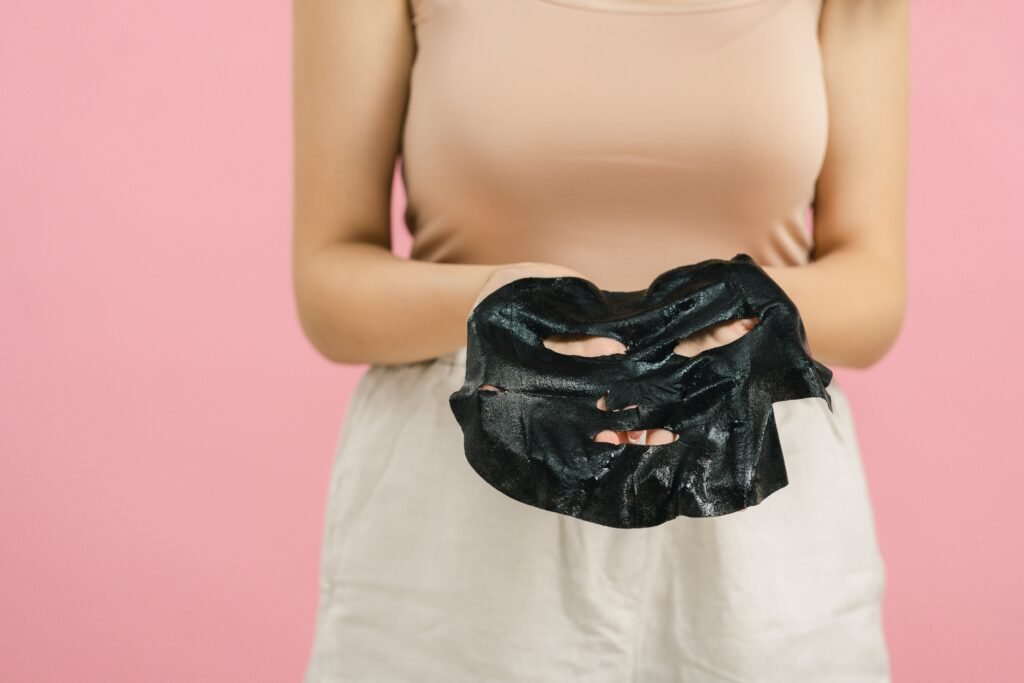
7. Cleaning Rubber Ducks
7.1 Squeeze Out Any Water
Similar to squeeze toys, rubber ducks often have small openings that can trap water. Immediately after bath time, squeeze out any water from the rubber duck by pressing on it. This step helps remove excess moisture, reducing the risk of mold growth.
7.2 Mix a Solution of Water and Vinegar
Create a solution of equal parts water and vinegar in a clean bowl or container. Vinegar has natural disinfectant properties that effectively eliminate bacteria and mold.
7.3 Soak the Duck in the Solution
Submerge the rubber duck in the vinegar and water solution, ensuring it is completely covered. Allow the duck to soak for at least 10 minutes to ensure thorough disinfection. The solution helps remove any existing mold or bacteria and prevents their growth in the future.
7.4 Brush and Rinse the Duck
After soaking, use a brush to gently scrub the surface of the rubber duck. Pay close attention to any textured areas or crevices where dirt and mold may hide. Once you have thoroughly scrubbed the duck, rinse it with clean water to remove any remaining vinegar solution.
7.5 Dry the Duck
Place the rubber duck in a well-ventilated area to air dry completely. Ensure that all parts, particularly the interior, are dry before returning it to your baby’s bath toy collection. Proper drying prevents the accumulation of moisture, which can lead to mold and bacterial growth.
8. Cleaning Bath Books
8.1 Avoid Submerging in Water
Unlike other bath toys, bath books should not be submerged in water. Submerging them can damage the pages and promote the growth of mold and mildew. It is crucial to follow specific guidelines to clean and sanitize bath books effectively.
8.2 Wipe Down Each Page with a Damp Cloth
To clean bath books, use a clean, damp cloth. Wipe down each page, front and back, to remove any dirt, soap residue, or stains. Pay close attention to any pages that are flimsy or have textures, as these areas can trap dirt or moisture.
8.3 Dry the Book
After wiping down each page, leave the bath book open to air dry. Page by page, gently fan them out to ensure that they dry thoroughly. Once completely dry, securely close the book and store it in a dry place to prevent any mold growth.
9. Extra Precautions for Baby Bath Toys
9.1 Avoid Using Harsh Cleaning Agents
When cleaning baby bath toys, it is crucial to avoid using harsh or abrasive cleaning agents. These can damage or degrade the toy’s materials, making them unsafe for your baby to use. Opt for mild soaps, baby shampoos, and vinegar solutions, as they are effective yet gentle on the toys.
9.2 Avoid Boiling or Using Hot Water
While hot water may seem like an effective way to sterilize baby bath toys, it can damage certain materials. Avoid boiling plastic toys or exposing them to excessive heat, as this can cause them to warp or melt. Stick to warm water and appropriate cleaning solutions to ensure the longevity of the toys.
9.3 Regularly Inspect and Replace Damaged Toys
Periodically inspect your baby’s bath toys for any signs of damage, such as cracks, holes, or loose parts. Damaged toys pose a potential safety risk, as they can cause injury or act as a breeding ground for bacteria. If a toy is beyond repair, it is important to replace it promptly to maintain a safe bath environment for your baby.
10. Storing Baby Bath Toys
10.1 Remove Excess Water
Before storing baby bath toys, remove any excess water from them. Squeeze out any remaining water or give them a gentle shake to remove as much moisture as possible. Properly drying the toys prevents the growth of mold or mildew during storage.
10.2 Allow Toys to Dry Completely
After removing excess water, allow the toys to air dry completely. Place them in an area with good airflow, ensuring that all parts are thoroughly dry. Avoid storing damp toys, as this can lead to mold growth, unpleasant odors, and potential health risks.
10.3 Use a Mesh Bag or Storage Container
To keep your baby’s bath toys organized and easily accessible, consider using a mesh bag or storage container. These allow the toys to continue drying even during storage, reducing the risk of mold growth. Make sure the storage container or bag is clean and dry before placing the toys inside.
By following these simple cleaning and storage guidelines, you can ensure that your baby’s bath toys remain safe, clean, and enjoyable for every bath time adventure. Regular cleaning and maintenance not only promote your baby’s health and safety but also extend the lifespan of the toys, providing endless fun for your little one.

